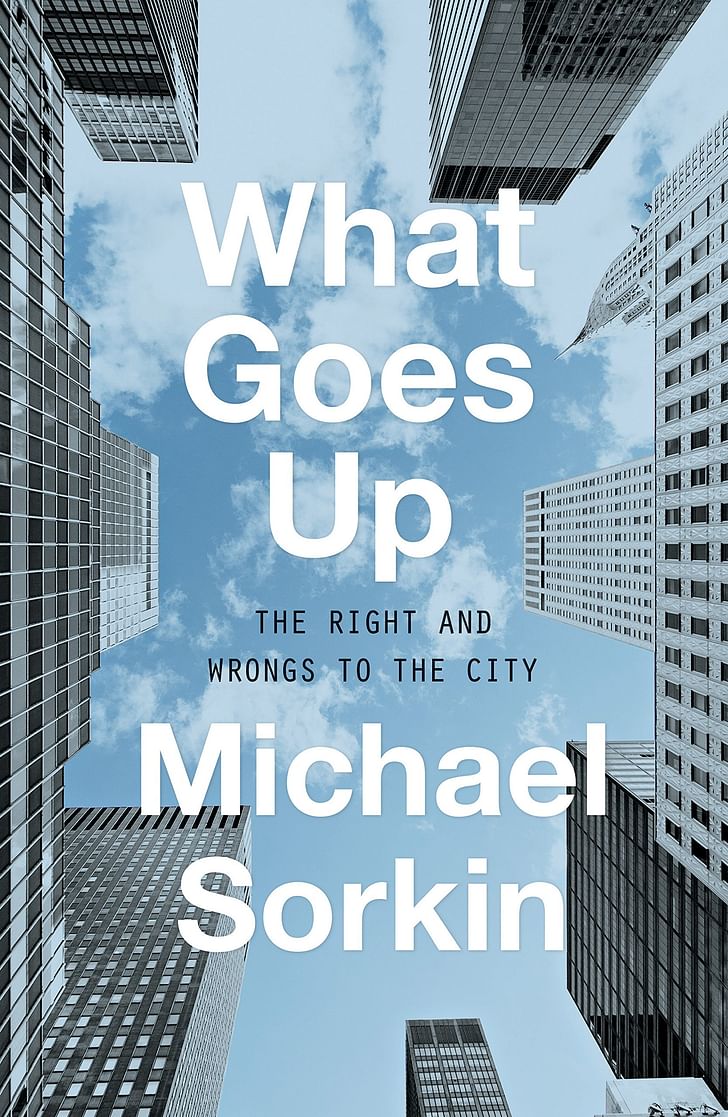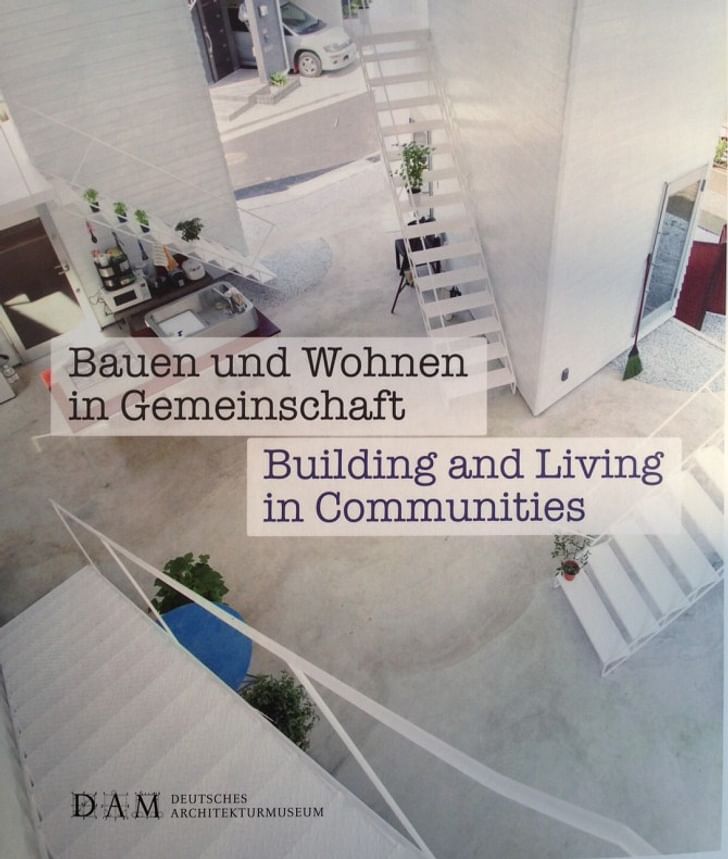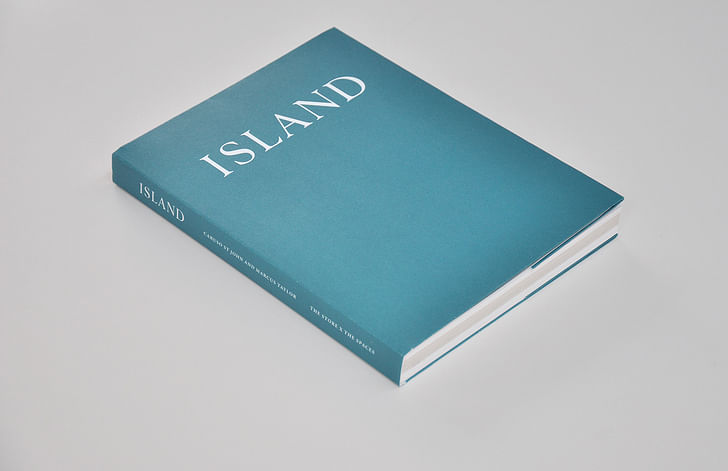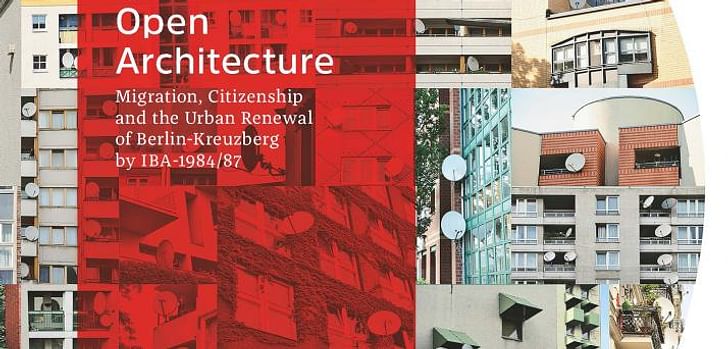

Temperatures are rising, and for many, that might mean finding a good book for the beach or pool, while on the plane to a summer destination, or hiding away in an air-conditioned Starbucks. When talking to architects over the past few months, we've been asking for their current favorites. Whether it's a companion to the Venice Architecture Biennale or a deep dive into communal living, below you'll find a stellar list to supplement that already overflowing stack sitting on your shelves.
Air Guitar (1997)
by Dave Hickey
Written by the Bad Boy of Art Criticism, Air Guitar is a memoir featuring 23 "love songs" from the essayist Dave Hickey on his experiences as a music critic and an art dealer. A seamless blend of criticism, personal history, and deep appreciation for the absurdity of American life, this classic gets into everything from jazz, magic, and basketball; to professional wrestling, gambling, and automotive design. Hirth (who is borrowing a copy from Paul Andersen of Independent Architecture), finds that it is very pertinent to our present moment; though written in 1997, Air Guitar pioneered a certain type of plain-talking in cultural criticism, making it a valuable reading tool for art lovers, critics, and architects alike.
The Divided City: Poverty and Prosperity in Urban America (2018)
by Alan Mallach
For any architect with even the vaguest interest in urban planning, The Divided City, put out this year by Island Press, is a must-read. Focusing on the often overlooked Rust Belt region, Mallach counters the dominant narrative of the post-industrial, downtown revitalization happening across U.S. cities by taking an in depth look at the many areas that are seeing the opposite. Drawing on places like Pittsburgh, Detroit, Cleveland, and Baltimore, Mallach warns of how once stable, working and middle class neighborhoods—often disproportionately African American—are falling off a "social and economic cliff," as he puts it.
What Goes Up: The Right and Wrongs to the City (2018)
by Michael Sorkin
In What Goes Up, a collection of essays on New York, architect and urbanist Michael Sorkin tracks how the city became one of glittering towers and increasing inequality. Topics ranging from the Ground Zero memorial and Occupy Wall St., to the finer points of architectural design, are used as jumping-off points to meditate on the moral and aesthetic questions arising from the urban built environment.

Building and Living in Communities (2015)
by Annette Becker, Laura Kienbaum, Kristien Ring and Peter Cachola Schmal (eds)
The companion to an exhibition of the same name, Building and Living in Communities presents a thorough investigation into new housing models responding to changing needs of our rapidly expanding cities. Written in both English and German, the book looks at 26 buildings, across a range of housing typologies—including apartment buildings, semi-detached dwellings, conversions and mixed-use buildings—that are exemplars in communal living. Recommended by the champion of Passivhaus, Baugruppen, and a car-free cycling life, this book illustrates why building and living together is the future of residential living.

ISLAND (2018)
by Caruso St John and Marcus Taylor (eds.)
The British Pavilion catalogue for the Venice Biennale 2018, edited by architecture practice Caruso St John and artist Marcus Taylor, is more than just a catalogue. According to Ethel Baraona Pohl, co-founder of Barcelona-based architecture publisher dpr-barcelona, it is a wonderful compendium of poetry, music, history, and the many significances that we can find behind the concept of 'island,' from a place of refuge to one of exile. It features contributions from artist and filmmaker John Akomfrah, poet and musician Kate Tempest, director Penelope Curtis, alongside found texts by William Shakespeare and Windrush generation writer Sam Selvon.

Memory Theatre (2014)
by Simon Critchley
Both a philosophical history and a personal memoir, this book is an intriguing travel through memory and the architecture that shapes our mementos. The story follows the protagonist (who may or may not be Critchley), who has been shipped a box containing a maquette of Giulio Camillo's sixteenth-century Venetian memory theatre. This plot then serves as the frame for which Chritchley can explore the nature of memory and the mysteries of consciousness.

Luxury and Modernism: Architecture and the Object in Germany 1900-1933 (2018)
by Robin Schuldenfrei
Looking at Germany during the heyday of the Bauhaus and the Werkbund, Luxury and Modernism examines the disconnect between the utopian discourse of modernism and the way it was practiced, sold, and consumed. Despite its goal of improving the lives of ordinary people, Schuldenfrei demonstrates how luxury was embedded in the design, production, and promotion of modern objects and architecture.
Open Architecture: Migration, Citizenship, and the Urban Renewal of Berlin-Kreuzberg (IBA ’1984/87) (2018)
by Esra Akcan
Berlin-IBA 1984/87 saw the completion of almost 10,000 dwellings in the Kreuzberg districts adjacent to the Berlin Wall as part of the city's massive urban renewal project. Justifiably one of the most important architectural events of the late 1970s and 80s, a large number of established and cutting-edge architects designed public housing for the neighborhood composed about halfway by immigrants arriving as guest workers or refugees. Professor Esra Akcan weaves the work of architects and policymakers with the oral histories of these residents to explore a theory of open architecture, defined as the translation of a new ethics of hospitality into the design process.

No Comments
Block this user
Are you sure you want to block this user and hide all related comments throughout the site?
Archinect
This is your first comment on Archinect. Your comment will be visible once approved.